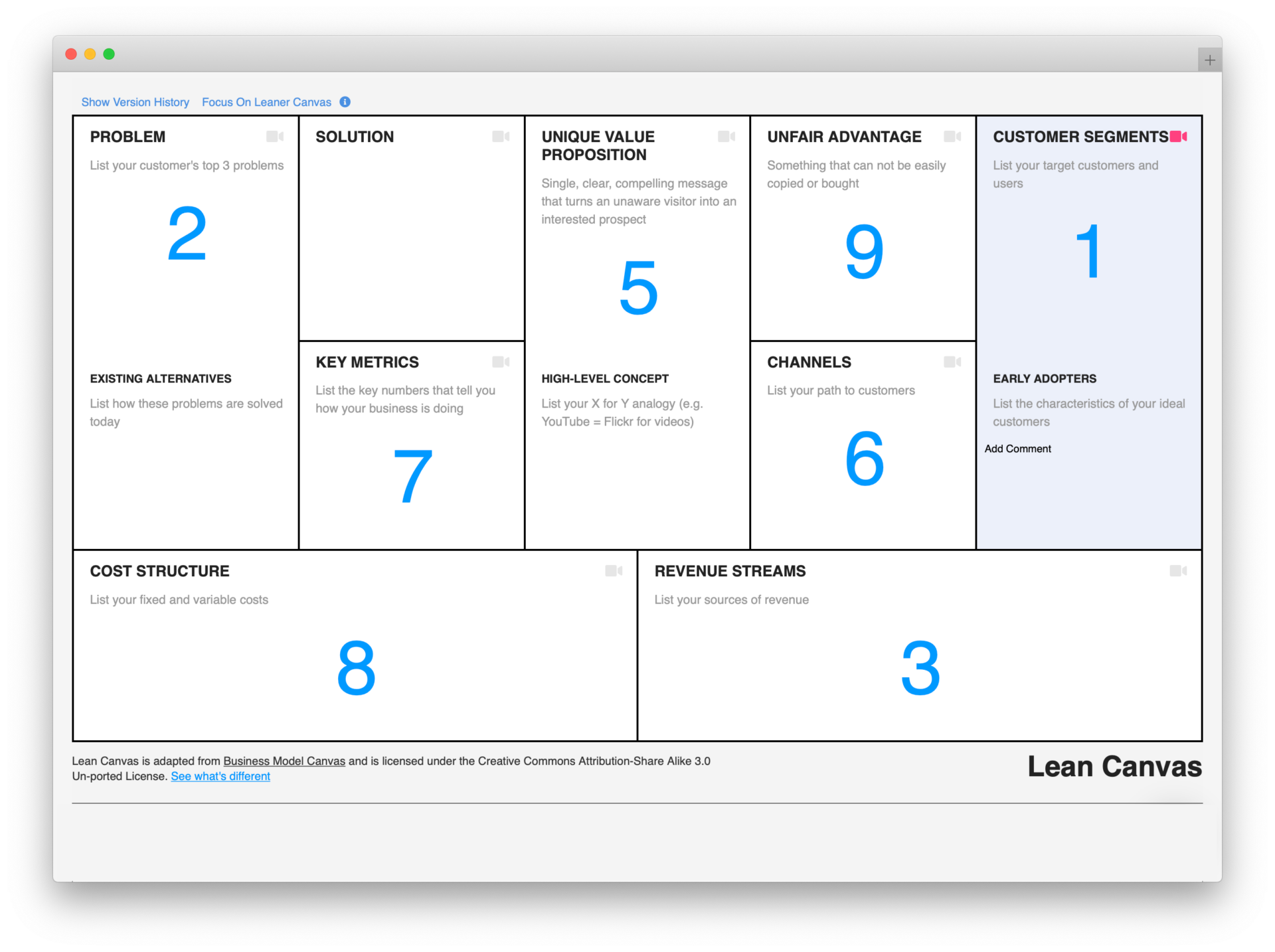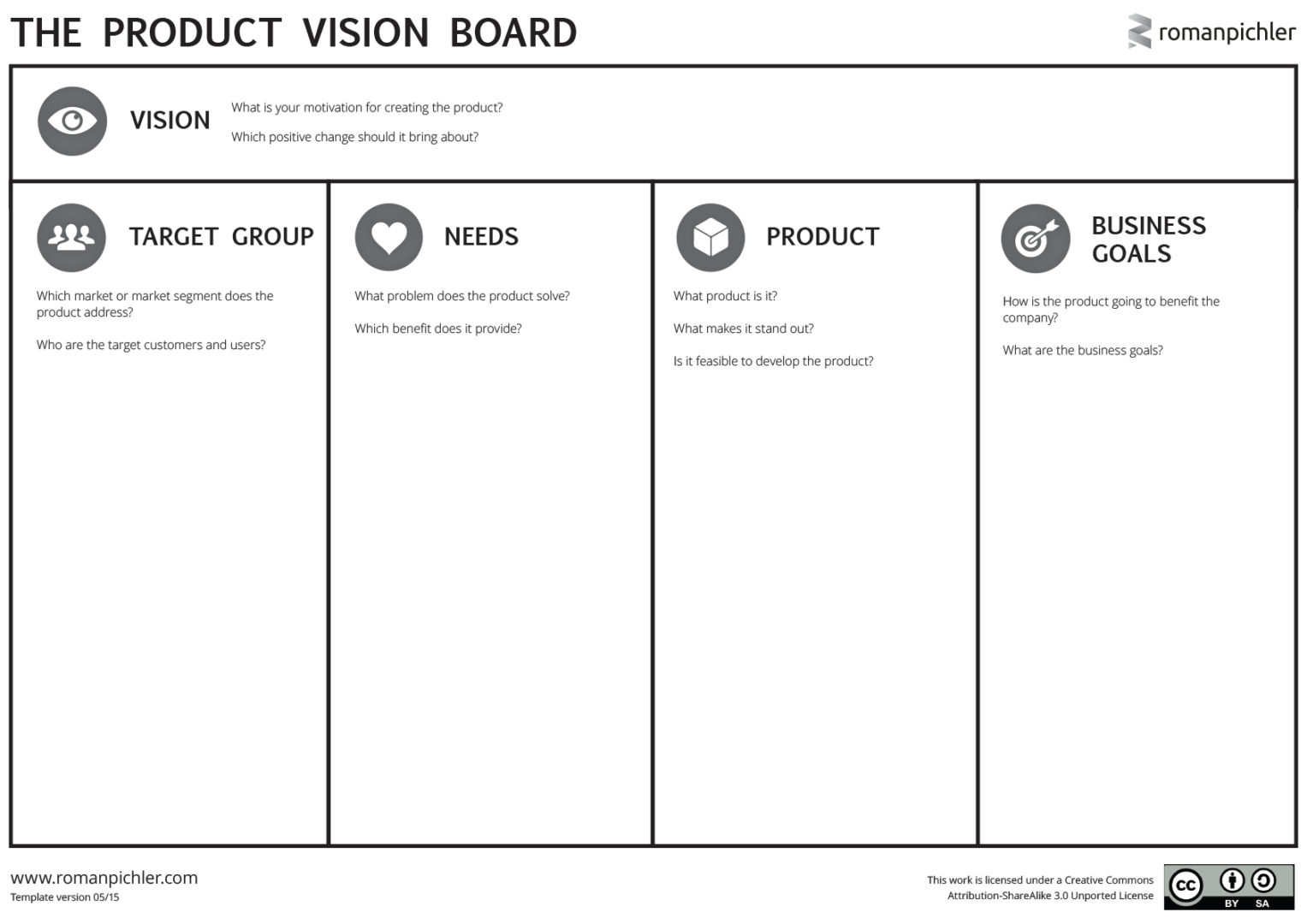
PRODUCTHEAD: When your product is a blank canvas
PRODUCTHEAD is a regular newsletter of product management goodness,
curated by Jock Busuttil.
everything in its right product
tl;dr
5 useful canvases to help you frame your product ideas
a favour: please share this with other product people
every PRODUCTHEAD edition is online for you to refer back to
hello
It doesn’t seem too long ago that canvases were all the rage for product teams. You know the ones I mean: the big frames you’d sketch out on a whiteboard somewhere and enthusiastically pepper with colourful sticky notes. You’ve probably used Alex Osterwalder’s Business Model Canvas, or some of Roman Pichler’s many useful boards.
The business model canvas really kicked things off. It allowed you to quickly sketch out an existing or possible business model as a precursor to testing out your assumptions. It helped that key figures such as Steve Blank seized upon it to reinforce his customer discovery revolution.
These days it may seem strange that its introduction caused such a stir. The reason why? Aside from its direct utility, the business model canvas represented a fundamental shift in thinking.
It defiantly flipped the bird at the traditional business case document. It proudly declared “we don’t know yet, but let’s find out”. It acknowledged that we do not start investigating a new product from a position of perfect knowledge (far from it). It encouraged brevity and highlighted the glaring flaws in your thinking. You could sketch it out collaboratively in minutes rather than spending weeks drafting and redrafting. And it fitted on a single sheet of paper.
As soon as the business model canvas cracked opened the floodgates, we were deluged by variations on the theme: Ash Maurya’s Lean Canvas, Jeff Gothelf’s Lean UX Canvas, and so on. I think we reached peak canvas when Alex Osterwalder attempted to run a collaborative session with 1000+ audience members at Mind The Product’s London Conference in 2014.
Then the hype died down. Perhaps we developed canvas fatigue, perhaps we just grabbed the baton from the leaders and started crafting our own canvases instead.
Despite this, canvases have not vanished. People are clearly still using them to shape their thinking. Just look at the plethora of templates available on your collaborative whiteboarding tool of choice.
A canvas won’t magically improve your terrible business idea, but it does help you realise you need to improve it without having to write a 50 page document.
Speak to you soon,
Jock Busuttil
what to think about this week
The Origin of the Business Model Canvas: Interview with Bill Fischer & Alex Osterwalder
IMD Professor of Innovation Management, Bill Fischer, invited Strategyzer co-founder Alex Osterwalder to sit down and discuss how the Business Model Canvas came about and where it’s going in the future.
Alex speaks in depth about how he wanted to get entrepreneurs prototyping their business model just like architects do for buildings or industrial design.
A better way to think about your business model
[ALEX OSTERWALDER / STRATEGYZER]
Why Lean Canvas vs Business Model Canvas?
I often get asked why I created a different adaptation from the original Business Model Canvas by Alex Osterwalder. Lately, this question has bubbled up in frequency which is why I decided to take the time to outline the thought process that went into creating Lean Canvas.
An entrepreneur-focused variant of the Business Model Canvas
[ASH MAURYA / LEANSTACK]
The Product Vision Board
The vision plays an important role in bringing a new product to life: It acts as the overarching goal guiding everyone involved in the development effort. Equally important is the product strategy, the path chosen to attain the vision. Without a shared vision and an effective strategy, people are likely to pull in different directions, and the chances of creating a successful product are slim. While vision and strategy are key, describing them can be challenging.
Sketch out your product vision and strategy
[ROMAN PICHLER]
Lean UX Canvas V2
It has been nearly 3 years since the original Lean UX Canvas was published. During that time I’ve used it extensively in my work as a coach, consultant and trainer. Since the amount of feedback and questions about it had been piling up for a while, I thought it was time to update it.
The goal is to help the team focus on “why”
BONUS: How to use the Business Model Canvas and the Lean UX Canvas together
[JEFF GOTHELF]
Updated Empathy Map Canvas
The Empathy Map was created with a pretty specific set of ideas and is designed as a framework to complement an exercise in developing empathy.
(Jock: I’ve found myself recommending this to people a lot recently, particular when they’ve joined a new organisation and are figuring out what makes their stakeholders tick.)
Develop deep, shared understanding and empathy for other people
[DAVE GRAY / MEDIUM]
recent posts
Should a growth product manager even be a thing?
There’s an ongoing debate about generalist product managers versus emerging product manager specialisms (such as ‘growth product manager’). I think there is room in our profession for both. Let me explain.
“No one wants to get rich slow”
[I MANAGE PRODUCTS]
6 tips for presenting slides that don’t suck
This is an updated version of an article I wrote over a decade ago.
All product managers will need to stand up and present to others at some point. Some people are less comfortable giving a presentation than others; that’s natural. Either way, you won’t be helping yourself (or your audience) if your slide deck is atrocious. So here are my 6 tips for presenting slides that don’t suck.
[I MANAGE PRODUCTS]
My boss wants to set me an OKR on revenue growth. Is this right?
My boss wants to set me a personal OKR [objective and key result] to achieve revenue growth through demonstrable product improvements.
Can you think of any reasons why I should push back on a suggestion like this?
G
Revenue is a rubbish choice of metric
[I MANAGE PRODUCTS]
upcoming talks and events
I’ve spoken at various product management and technology conferences around the world and online. I share ideas primarily on the topic of product management, and this tends to overlap with agile and ethical product development, leadership and strategy, and fostering healthy product cultures and communities.
“Day 2 saw an impressive presentation by Jock Busuttil on user testing. He asked the attendees to lend each other a smartphone and take a picture. What a turmoil that caused ;-) ”

Walter Schärer
Marketing & Business Development Director, BlueGlass Interactive
If you’d like to book me to speak at your event, please get in touch.
can we help you?
Product People is a product management services company. We can help you through consultancy, training and coaching. Just contact us if you need our help!
Helping people build better products, more successfully, since 2012.
PRODUCTHEAD is a newsletter for product people of all varieties, and is lovingly crafted from a laminated book of dreams (to catch the tears of joy).







Leave a Reply